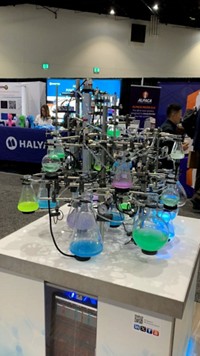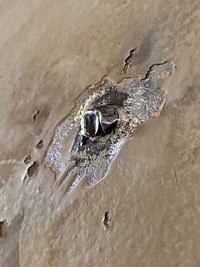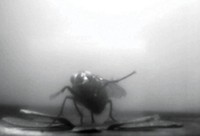Advertisement
Grab your lab coat. Let's get started
Welcome!
Welcome!
Create an account below to get 6 C&EN articles per month, receive newsletters and more - all free.
It seems this is your first time logging in online. Please enter the following information to continue.
As an ACS member you automatically get access to this site. All we need is few more details to create your reading experience.
Not you? Sign in with a different account.
Not you? Sign in with a different account.
ERROR 1
ERROR 1
ERROR 2
ERROR 2
ERROR 2
ERROR 2
ERROR 2
Password and Confirm password must match.
If you have an ACS member number, please enter it here so we can link this account to your membership. (optional)
ERROR 2
ACS values your privacy. By submitting your information, you are gaining access to C&EN and subscribing to our weekly newsletter. We use the information you provide to make your reading experience better, and we will never sell your data to third party members.
Instrumentation
Robots, climbing ones, come to the chemical plant
Start-up Invert Robotics raises money for safety-inspecting robot
by Michael McCoy
May 2, 2019
| A version of this story appeared in
Volume 97, Issue 18

The start-up Invert Robotics has raised $8.8 million from investors to advance development of robots that can help chemical and other industrial companies inspect dangerous places in their plants.
The New Zealand-based firm says its robots are the first specifically designed to inspect for safety and integrity in nonmagnetic hazardous environments. Equipped with a camera and other tools, they crawl the sides of vessels on suction-cup-covered treads.

Invert was a winner of last year’s Imagine Chemistry start-up contest sponsored by the specialty chemical maker Nouryon. Marco Waas, a Nouryon research, development, and innovation director, says his firm tested the robot at its salt facility in Hengelo, the Netherlands. The results were encouraging, though the robot struggled with complex geometry, Waas says.
Chemical makers also use flying drones to aid in plant and site inspections. At Dow, for example, Johnathon Casillas is the leader of a team of six drone pilots.
Waas sees robots and drones as complementary. Robots offer high image quality and can carry other equipment, but they have trouble on curved, rough, or dirty surfaces. Drones are more agile, but they are weak on video quality, can’t carry much, and are limited by battery life, he notes.





Join the conversation
Contact the reporter
Submit a Letter to the Editor for publication
Engage with us on Twitter